Apple is continuing to research how to split up the keyboard, screen, trackpad, and more of a MacBook Pro so that you can mix and match whatever components you need, whenever you need it.
Apple does hear criticism. Ten years ago, Phil Schiller responded to criticisms of the Mac Pro by muttering on stage, "Can't innovate anymore, my ass."
It's possible he regrets that, given the failure of that Mac Pro model. But if Apple is now only muttering in-house, it's probably saying something about how users of the new 2023 Mac Pro are complaining about it not being modular.
"We'll give you modular," Schiller might even now be saying in the Apple Park canteen.
For a newly-revealed patent application shows that shows that Apple is looking to go so much further than just allowing a few expansion cards into a Mac Pro. Instead, it wants to let you pick the modules you want to build up the Mac you need.
Apple applies for hundreds of patents every year and none of them are guaranteed to result in shipping products. However, in this case Apple appears to be particularly serious about modular Macs.
For this new patent application comes after a previous one, that was actually granted earlier in 2023. There are no obvious differences between the old granted one and the new application, bar text formatting and layout.
However this new patent application does explicitly say it claims priority over the previous one.
In both cases, Apple is specifically talking about external expansion rather than, say, the addition of internal expansion cards. These modules it refers to are not any internal expansion, they are the keyboard, the trackpad, the display, the hinges between all of these — and even a stand to put that display on, if you want to.
"Modularized Computing And Input Devices," has illustrations that look like exploded versions of the MacBook Pro. The text of the patent is just a little more dry.
"An example computing device can include a base or body defining an input surface and an internal volume," it says. "The computing device can include a plurality of sensors disposed within the internal volume."
"The computing device can include a hinge including a retaining portion and a pivot member," it continues. "The retaining portion can include first and second walls defining a channel.. [and the] pivot member can rotatably attach to the base and can be positioned between the retaining portion and the base."
This all about the mechanics of a self-assembly MacBook Pro, and the patent specifies that it can have "a display removably attached to the hinge," and a "keyboard removably attached," and a power supply, "a projector to project a desired image onto the input surface," and so on.
It doesn't look as if Apple expects these elements to be snapped together and then left as one unit, either. "The base can include one or more magnets to align the keyboard or the second display on the input surface," says the patent.
"The base can form a raised portion that acts as a datum to align the keyboard or the second display on the input surface," continues Apple. "The power supply can include an inductive charging coil."
So you can prop up the display firmly, but since it's magnetic, you can then pull the screen off again later. That's if you use a screen at all — remember, "the computing device can include a projector to project a desired image onto the input surface or elsewhere."
This isn't just being done to shut up people who want modularity. It's being done because, as the patent points out, so many of us end up using different devices instead of adapting one to our needs.
"Traditionally, computing devices can include tablet computing devices, laptop computing devices, and desktop computing devices," says Apple.
The patent then outlines how, for instance, laptops "generally assume a clamshell configuration," while a tablet is a touch screen, and desktop computers "generally include a distinct display, a keyboard, and a tower."
"While each of these types of computing devices effectively provide a quality user experience in particular environments," continues Apple, "it can be desirable to be able to reconfigure these devices to operate effectively in a broad spectrum of applications in various environments."
"Thus, with traditional computing devices, users may need to rely on multiple distinct computing devices to sufficiently meet their varied needs," says that patent.
Apple's idea, then, is that you sit at your desk until lunchtime, then just tear the screen off and go reading this "tablet" over a coffee. Or that if you're going travelling, maybe you can just bring the screen and the keyboard, or at least a more portable combination than your entire desktop computer.
It all sounds reminiscent of Microsoft's Surface, or other devices that double up as tablets and laptops. But it also has some roots in proposals to dock iPhones within a MacBook — or even back to the 1990s and the PowerBook Duo.
From 1992 to 1997, the PowerBook Duo was a lightweight and slimline laptop — for the time — that could be docked within a desktop Mac. You would work at a seemingly regular desktop Mac, then at the push of a button, the innards would be ejected in the form of a PowerBook Duo you could take away.
This patent is credited to five inventors, including the prolific Paul X. Wang. His very many previous patents for Apple include one about making modular options for what we now know as Apple Vision Pro.
 William Gallagher
William Gallagher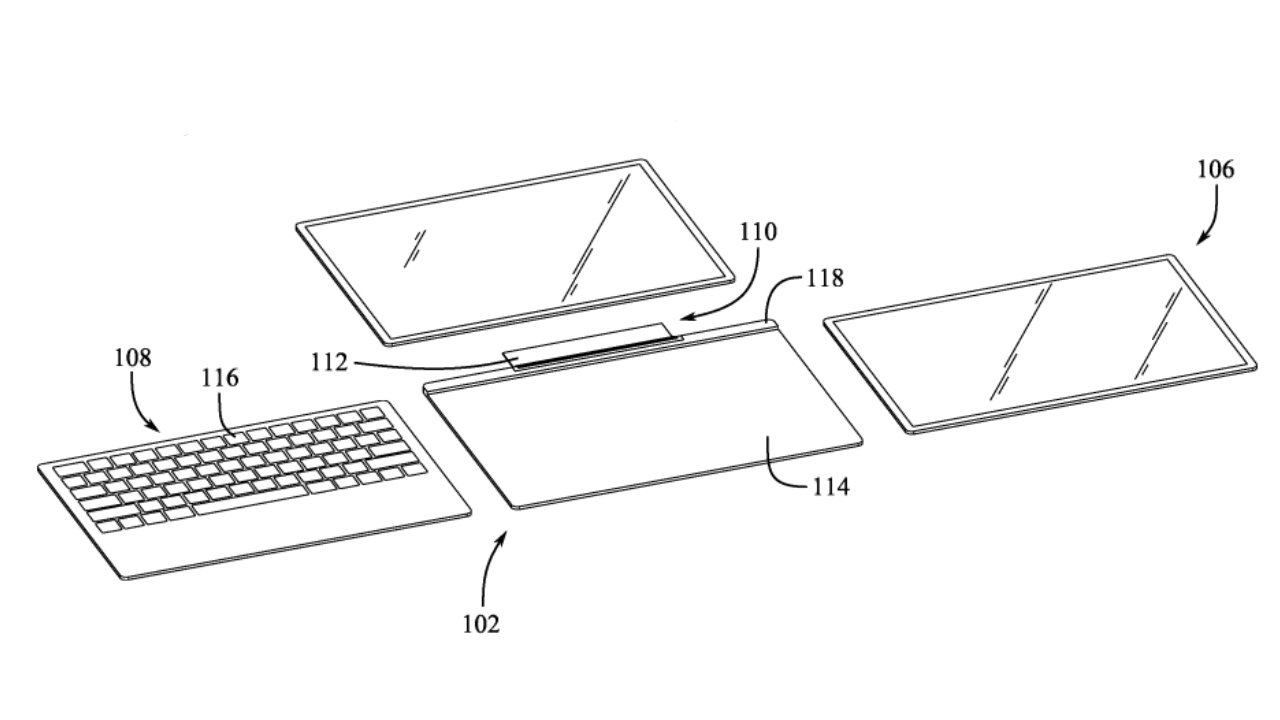
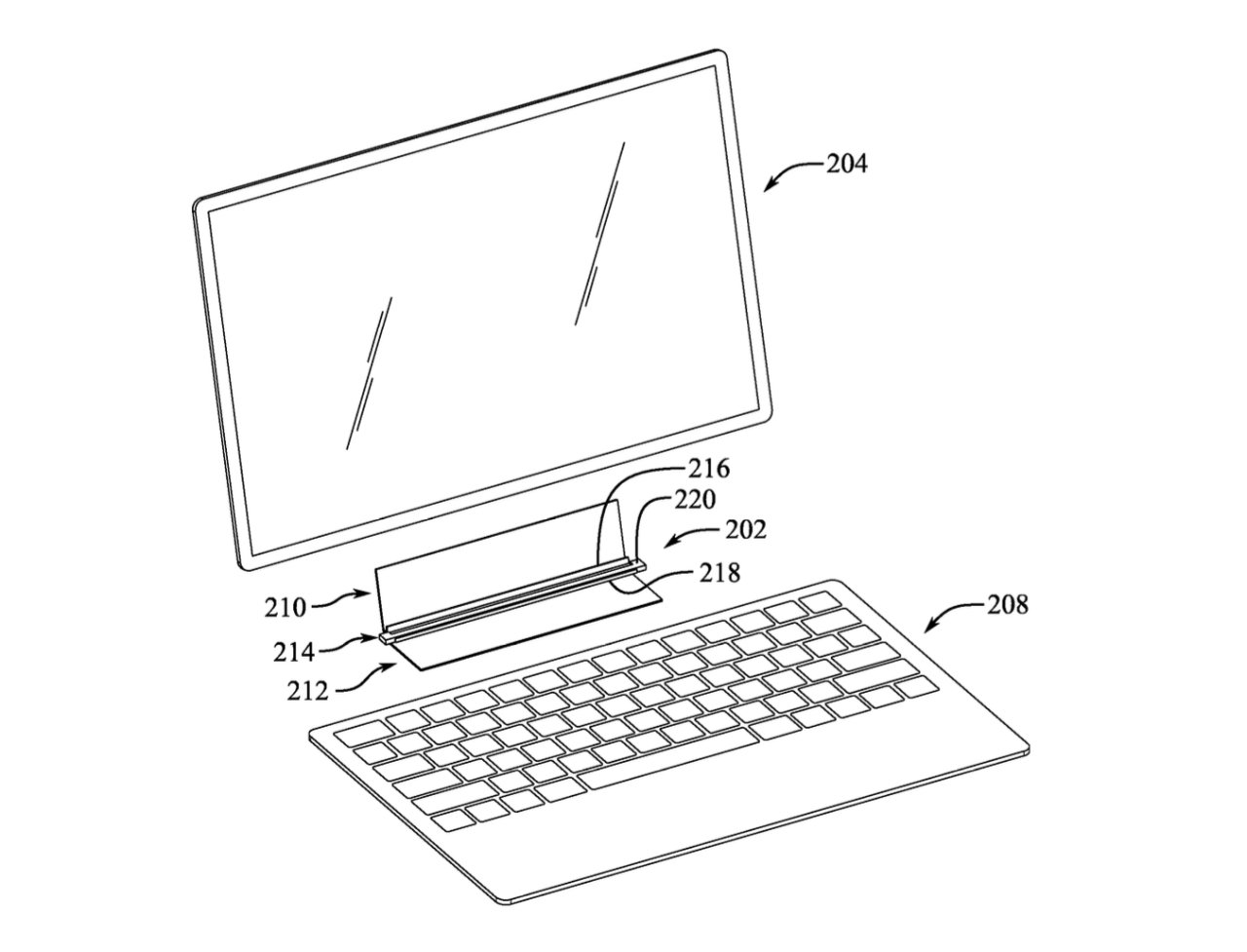
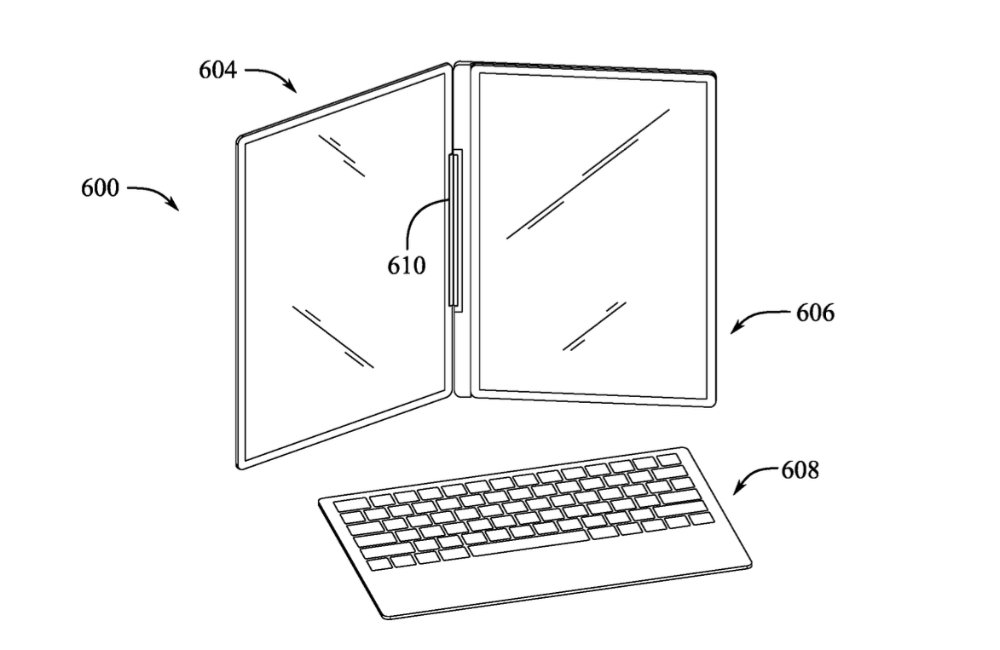

-m.jpg)





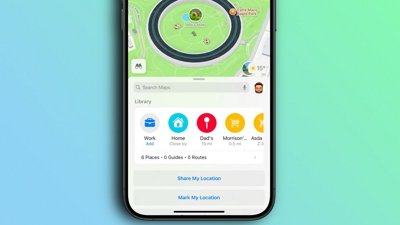
 Oliver Haslam
Oliver Haslam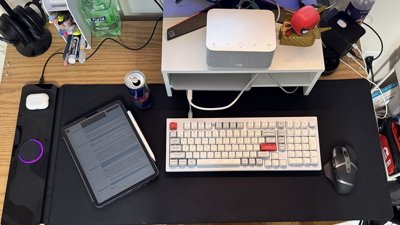
 Thomas Sibilly
Thomas Sibilly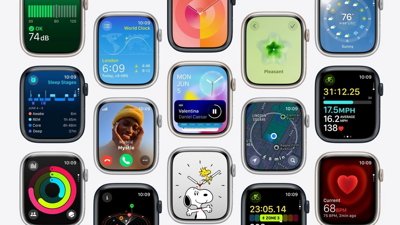
 Marko Zivkovic
Marko Zivkovic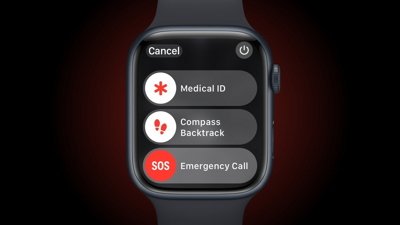
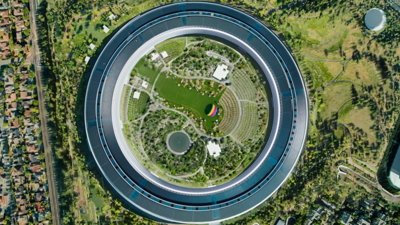
 Wesley Hilliard
Wesley Hilliard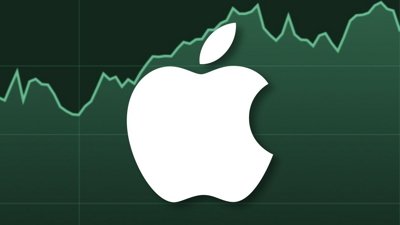
 Malcolm Owen
Malcolm Owen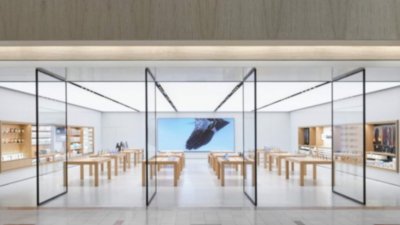
 Andrew Orr
Andrew Orr

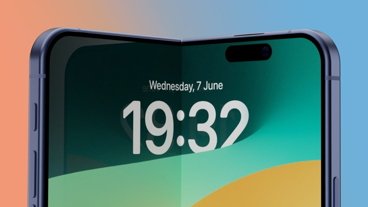
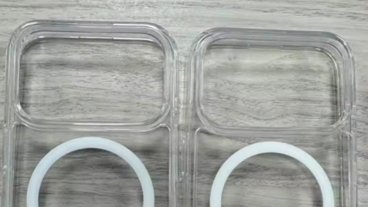
-m.jpg)






18 Comments
So, this is essentially an iPad Pro on steroids.
Imagine you have the power of an iPad in the screen. Power of a macbook when connected to the keyboard
If ever the disclaimer about Apple patenting a lot of things it never brings to market were applicable, this is the time.